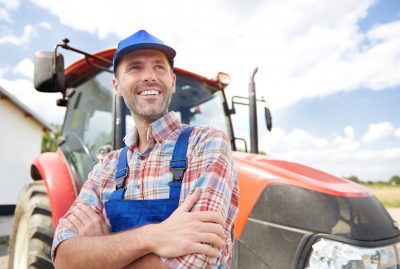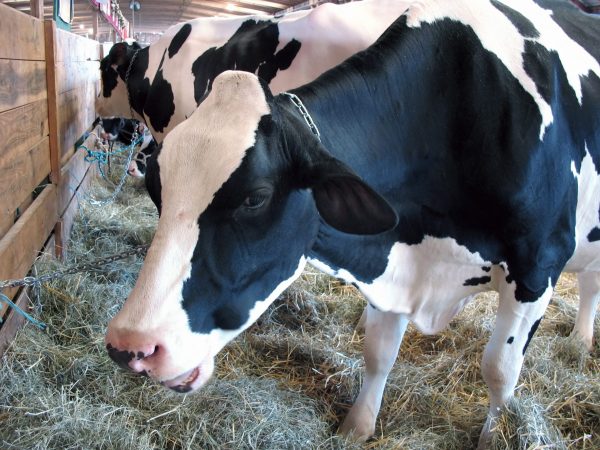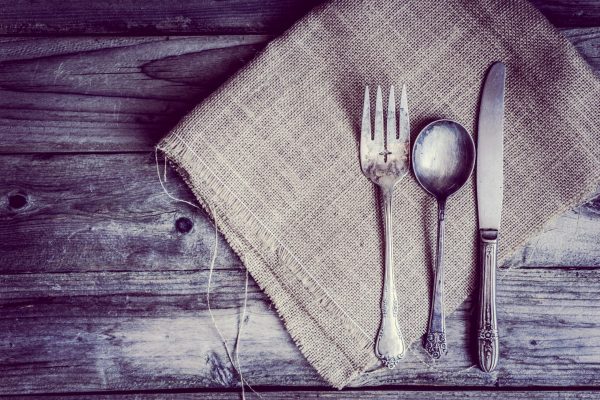Farms, Food, and Finances
All of us with Team Perka really LOVE OUR FARMERS! Since our founder “ET” began the TEAM PERKA journey way back in 1981, he always stayed rooted in his own humble beginning as a son of a farmer. And so, men and women workers of the earth’s fields, always held the highest stature in his eyes! We just can’t exist without our food supply chain… and they are right at the ROOT of it all – (puns intended!)
Perka’s Hybrid Buildings can be used almost anywhere around the farm yard or even in the fields, as farmers have been one of our most valued clients over our near 40 year history.
Unfortunately, and it is sad to see, farmers are struggling right now. There are a lot of questions surrounding farmers and the food they produce. People are ever more curious to know where their food comes from… how it is grown, and then where is it going!? Fear not, O wise ones who read this blog. Today, we’ll be taking a closer look at some of the main questions about what’s happening in the food industry.
 Let’s begin at the farm, the actual source of our entire food supply chain. (No, it’s not the “store”!!)
Let’s begin at the farm, the actual source of our entire food supply chain. (No, it’s not the “store”!!)
Farmers are currently being forced to eradicate months’ worth of work because the demand for their services is not as the same and therefore not as timely as it once was and therefore not as “great”.
But wait… if anything, shouldn’t their demand be greater? One might think that at least the same if not even more people are still hungry and possibly even without supplies or access now than they were before quarantine/shelter protocols. Schools have been shut down, and most restaurants are only open for a drive-through or curbside pickup. People are eating at home more often.
Food that goes to restaurants and schools is packaged much differently than food that gets distributed to the public. Meat, cheese, fruits, and vegetables are transported to restaurants in much larger quantities than that same cuisine being bought at a grocery store. The problem is, sadly for the moment, is that the farmers don’t have the capacity or resources to package their own goods, and much food has been left to rot. That said there have been some bright lights standing out in the darkness of current uncertainties as we try to figure this out.
 One Pennsylvania farmer, Mr. Ben Brown, came up with an alternative to dumping the milk from his many cows. He was fortunate to have access to equipment that would allow him to process the milk himself. He worked long and hard to make sure he wouldn’t have to waste an ounce of his milk… even if that meant waking up at midnight to continue bottling. His farm opened up for people to come buy his milk, and he sold out in a matter of hours.
One Pennsylvania farmer, Mr. Ben Brown, came up with an alternative to dumping the milk from his many cows. He was fortunate to have access to equipment that would allow him to process the milk himself. He worked long and hard to make sure he wouldn’t have to waste an ounce of his milk… even if that meant waking up at midnight to continue bottling. His farm opened up for people to come buy his milk, and he sold out in a matter of hours.
Pretty inspiring, isn’t it? Thankfully, more of those sort of pivots are happening as we speak!! In our home town here of St. Joseph, MO – people have organized a FREE farm-to-family distribution by volunteers to GIVE AWAY the food that might otherwise get wasted. They meet in our shopping center parking lot – three times a week and cars line up to take fruits, vegetables, dairy products they can use or pay forward themselves.
The next link in our “food chain” is the processing plants. What’s happening there? Unfortunately, over 14,000 cases of COVID-19 have been linked to meat processing plants across the United States. It seems that it has been difficult to maintain social distance and take other safety precautions when working in a meat processing plant. New measures have been slow to implement. If any sick person continues to work at such a place, they not only expose their co-workers, but potentially anyone who eats the food that may have been handled by the sick person. As such, companies like Tyson Foods, https://www.tysonfoods.com/ Smithfield Foods https://www.smithfieldfoods.com/, and JBS https://jbssa.com/ have closed one or more of their plants around the country. Since these processing locations have closed, farmers have had no way to slaughter and distribute the meat they produce; millions of animals have gone to waste.
So as we see this happening, we also see that there is by no means a shortage of food; there is only an insufficiency of processing and handling. Because of the causal difference in a lower supply and still the same demand, meat prices have skyrocketed, and we may not see as much of certain foods (the healthier kind) on the shelves at the grocery store in the coming months.

And this brings us to the final link in the food supply chain: you. The consumer. The “eater”!! What can we do to help your local farmers?
